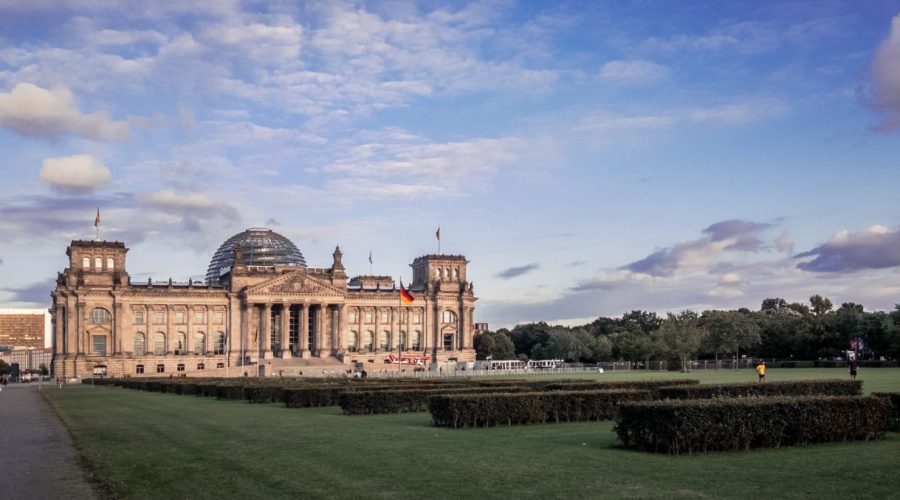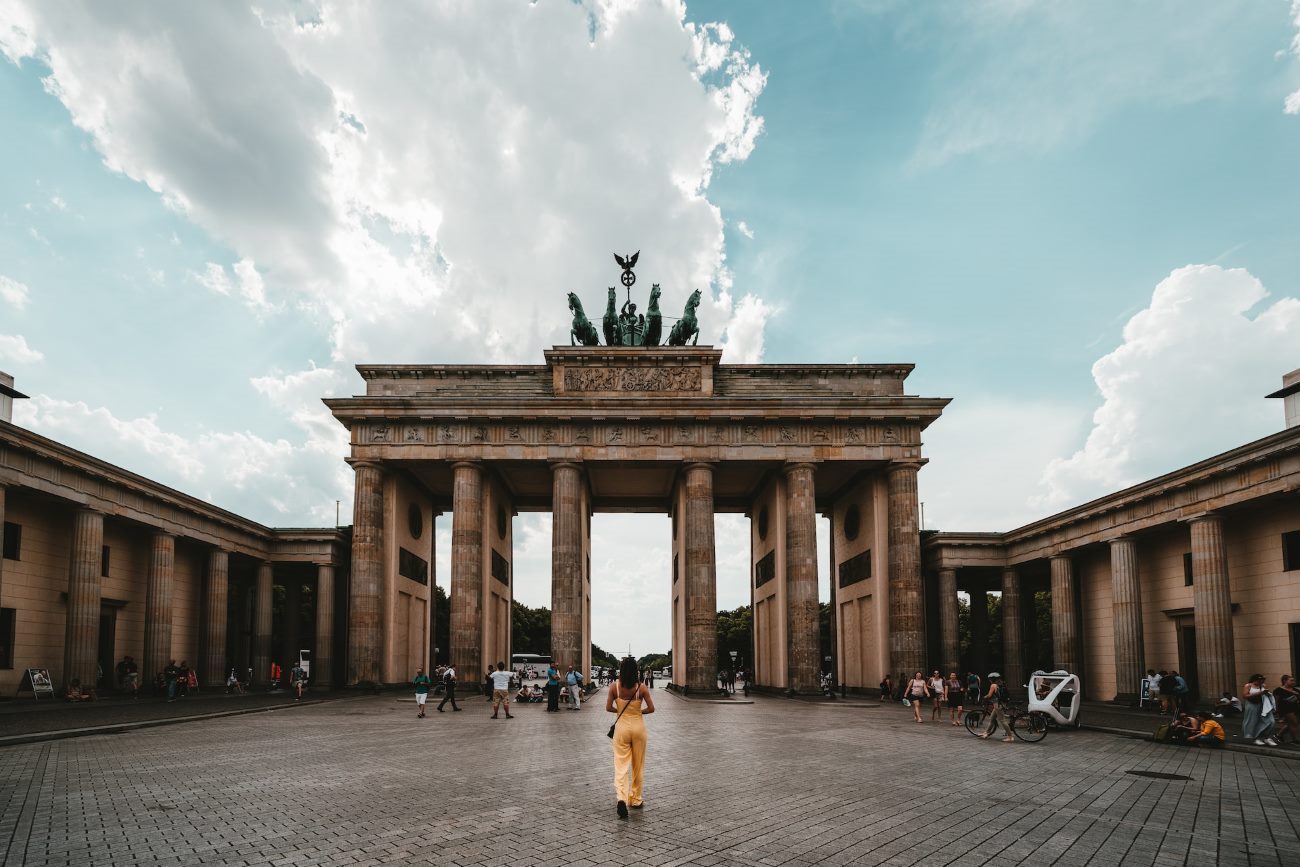Visiting Concentration Camps in Berlin: What You Need to Know
Are you thinking of visiting Berlin and wish to discover more about the occasions that happened during the second World War? It is cathartic and crucial to visit the concentration camps in and around Berlin. It aims at offering you all the necessary information that might help you to make the desired impressions during your stay.
1. Choosing the Right Camp
However, there is nothing wrong with clearing up your comprehension of the various concentration camps in Germany, near Berlin especially so that one can decide which to visit. Sachsenhausen, Ravensbrück and Bergen-Belsen becoming the most popular concentration camps that are reachable from the city.
Each of them has its story and largely it has political origins. Facilities such as Sachsenhausen were used for a number of purposes and also for training purposes the Nazi’s SS. On its part, Ravensbrück was the biggest camp for women in the Third Reich.
2. Getting to the Camps
As the case is with every type of holiday, organize how you will get to the camp you have chosen. Actually, the majority of concentration camps are situated beyond the city’s limits, but one can get to them by different types of transport.
- Affordability: Public transport can be used as it encompasses using trains, bus or the trams means of transport. Browsing the web-sites of the local transport authority is also a good way to find out the schedules and the routes.
- Self-driven: It may be advisable to take a special guided tour that takes you to the concentration camps. It is carried out in several organized tours that are sometimes accompanied by land and personnel who are well equipped with information regarding history.
- Car Rental: Another form of transport that one can hire is through renting a car so as to enjoy the flexibility of moving around without a guided tour. Nevertheless, the best way would be to make sure you study the driving laws and the parking arrangements available for you.
3. Preparing for Your Visit
First of all, it is an emotionally laden process, and so one should psychologically prepare him or herself for it. Consider the following tips:
- Research: It is important to read some informations about the history of the camp that you will be visiting. Being aware of it will make you comprehend and value something that you are going to come across with.
- Respect to the Awọn Ègbón: Dress properly, neat and as comfortably as you can of reasonable standard which will also make the victims feel comfortable with you. It is very important to remember that people in some regions could have special demands when it comes to dressing.
- Bring Necessary Supplies: Take some provisions such as water, some small snacks, or sunscreen in case you may have any on your outing. Some camps are large, so comfortable footwear together with a map will also be useful.
4. Exploring the Camp
Using dutescriculum, when you get to the camp, do not be in a hurry, just enjoy what you have to do there. The following highlights the areas that should be considered:
4.1 Memorial Sites
Consequently, pay a visit to the memorandum places in the camp for the purpose of remembering the victims. These include the monuments and sites which can offer a nearer look at the Siks’ actions during the holocaust.
4.2 Camp Structures
It is recommended to pay a visit to the camp grounds to view more of the remaining buildings and structures around. Some of these structures include barracks, guard towers and other structures of the camp brought about in the past.
5. Reflect and Remember
It will be also useful to recall the victims and the purpose of your visit after leaving the site. Expression and reflection of the emotions which one feels or the thoughts which come to his mind is actually important to understand the significance of holocaust and to ensure that the tragic events will not be repeated in the future.
Conclusion
Berlin is one of the cities in the world which offers opportunities of visiting concentration camps and tours are informative. While visiting these sites, always ensure that you do it with a considerate attitude and appreciation. Hence, the youth and others should understand the history and the occurrences of holocaust genocide, so they do not happen again in the future.
Table of Contents



